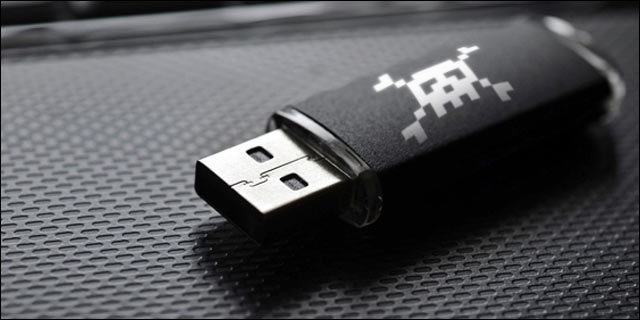
- Create bootable kali linux usb for mac install#
- Create bootable kali linux usb for mac drivers#
- Create bootable kali linux usb for mac password#
- Create bootable kali linux usb for mac iso#
This may take ‘a while’ (hours) depending on the size and speed of the drive. Kali will automatically securely wipe the hard disk before asking for the LVM password.
Create bootable kali linux usb for mac password#
You will have to enter the same password every time you start up Kali Linux. The screen afterwards will prompt you for the password. This option will also allow you to set up encrypted LVM, so Kali Linux would be fully encrypted. Experienced users can use the ‘Manual’ option for more granular configuration options.In our example, we’re using the entire disk on our computer and not configuring LVM (logical volume manager), so we selected ‘Guided – use the entire disk’.
 The installer will now probe your disks and offer you five choices. Enter a robust password for the root account.
The installer will now probe your disks and offer you five choices. Enter a robust password for the root account. Create bootable kali linux usb for mac drivers#
If Kali Linux doesn’t detect your NIC, you either need to include the drivers for it when prompted, or generate a custom Kali Linux ISO with them pre-included. If there isn’t a DHCP service running on the network, it will ask you to manually enter the network information after probing for network interfaces. If the chosen NIC is 802.11 based, you will be asked for your wireless network information before being prompted for a hostname. If the setup detects multiple NICs, it may prompt you which one to use for the install. 
In the example below, we’ve entered ‘kali’ as our hostname.
The installer will copy the image to your hard disk, probe your network interfaces, and then prompt you to enter a hostname and domain name for your system. You’ll also be prompted to configure your keyboard with the appropriate keymap. Select your preferred language and then your country location. In this example, we picked ‘Graphical install’. You are free to choose ‘Live’, ‘Graphical Install’, or ‘(Text-Mode) Install’ to install. You should be greeted with the Kali boot screen. If you select the EFI volume, the booting will hang at this point and you will notbe able to continue. Create bootable kali linux usb for mac install#
You may wish to install rEFInd and try again.
If you only see one volume (EFI), then the installation media is not supportedfor this device. Even though Kali Linux is based on Debian, Apple detects it as Windows. If everything was successful, you will see two volumes (EFI & Windows). Now insert your chosen installation media. To start your installation, power on the device and immediately press and hold the Option key until you see the boot menu. Backup any important information on the device to an external media. 
Create bootable kali linux usb for mac iso#
Burn the Kali Linux ISO image to a DVD or copy the image to USB drive. For devices newer than late 2012, you’ll need a blank DVD or a USB drive. USB booting may not work without rEFInd installed. For devices older than late 2012, you will need a blank DVD.  A minimum of 20 GB disk space for the Kali Linux install. However, if you wish to keep OSX, you will want to refer to our dual-boot guide instead. This guide will show you to replace OSX with Kali Linux, with the option of encrypting the partition. Pre-installing rEFInd may also increase the odds of success on older devices. The make/model/year of the device will determine how successful your experience will be, with newer devices having a better chance of working.
A minimum of 20 GB disk space for the Kali Linux install. However, if you wish to keep OSX, you will want to refer to our dual-boot guide instead. This guide will show you to replace OSX with Kali Linux, with the option of encrypting the partition. Pre-installing rEFInd may also increase the odds of success on older devices. The make/model/year of the device will determine how successful your experience will be, with newer devices having a better chance of working.








 0 kommentar(er)
0 kommentar(er)
